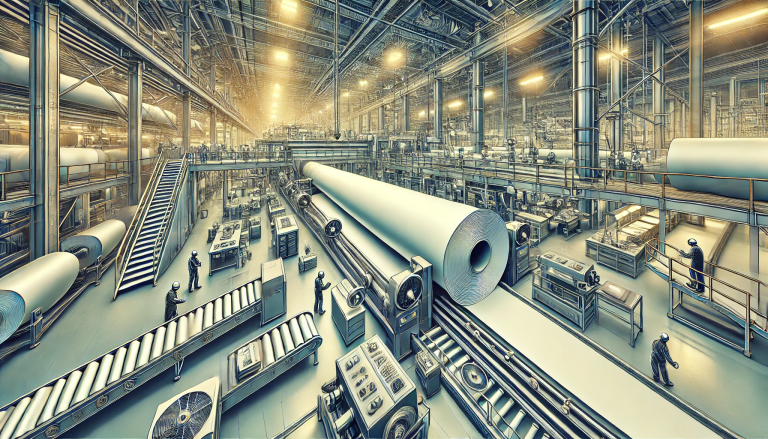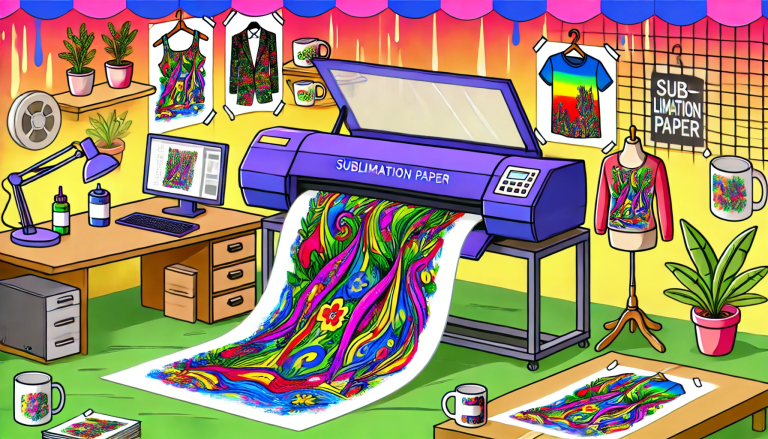“Print with Style – Get a Tacky Sublimation Paper Printer!” – SUBLIMATIONTRANSFERPAPER – Sublimation Heat Paper Sheet Manufacturer, Digital Sublimation Transfer Paper Factory, Made in China
Sublimation printing has become increasingly popular in recent years, especially for creating vibrant, long-lasting designs on various substrates such as fabric, ceramics, and metal. One of the key components of a successful sublimation process is the use of the right materials, including sublimation paper. But when it comes to sublimation paper, the question often arises: Do you have to use tacky sublimation paper, or can you get by with regular sublimation paper?
What is Tacky Sublimation Paper?
Tacky sublimation paper is a specialized type of sublimation paper that has an added coating to make it slightly sticky or tacky. This tackiness helps to hold the paper in place during the printing and pressing process, especially on materials like fabric or polyester. The idea is to prevent the paper from shifting or sliding, which can lead to blurry or uneven prints.
Do You Need It?
The short answer is: it depends. Whether or not you need to use tacky sublimation paper largely depends on the specific materials you’re working with and the type of sublimation setup you have.
- Fabric Sublimation: If you’re primarily printing on fabric, especially if it’s a textured or stretchy material, tacky sublimation paper can be a game-changer. The tacky surface helps to keep the paper in place, reducing the risk of misalignment during the heat pressing process. This is particularly important for achieving crisp, clear designs with sharp edges.
- Smooth Surfaces: If you’re working with smooth, non-porous surfaces like ceramic mugs, metal plates, or hardboard, you may find that regular sublimation paper works just fine. These surfaces don’t tend to shift as much during pressing, so the added tackiness may not be necessary.
- High-Speed Printing: If you’re running a high-volume sublimation operation, tacky paper can help to streamline the process. The paper’s tackiness ensures that the substrate stays in place, reducing the likelihood of errors and saving time during the pressing stage.
- Budget Considerations: Tacky sublimation paper is generally more expensive than regular sublimation paper. If you’re just starting out or working on a tight budget, you might want to experiment with regular paper first to see if it meets your needs. If you find that your prints are consistently experiencing issues with shifting or misalignment, then you can consider upgrading to tacky paper.
Alternatives to Tacky Sublimation Paper
If you decide that tacky sublimation paper isn’t essential for your workflow, there are a few alternatives you can try:
- Use Clips or Tape: Some sublimation artists use small clips or tape to secure the paper to the substrate. This can be a cost-effective solution, especially if you’re working on a smaller scale.
- Invest in a Heat Press with a Vacuum Plate: Some heat presses come with vacuum plates that use suction to hold the substrate in place during pressing. This can be an effective way to prevent shifting without the need for tacky paper.
- Choose the Right Substrate: Some materials, like polyester fabric, are more prone to shifting during the sublimation process. If possible, choose substrates that are less likely to move around, like smooth ceramic or metal surfaces.
Conclusion
In summary, while tacky sublimation paper can be a valuable tool for improving the quality and consistency of your sublimation prints, it’s not always a necessity. The decision to use it will depend on your specific needs, the materials you’re working with, and your budget. If you’re experiencing frequent issues with shifting or misalignment, it might be worth giving tacky sublimation paper a try. However, for many users, regular sublimation paper combined with careful handling and the right equipment may be sufficient to produce high-quality results.
Ultimately, the best approach is to experiment with both types of paper and see which one works best for your particular setup and projects.



